"One Nation, One Election": a Utopian Ideal?
One Nation, One Election: An Analytical Dive into India's Democratic Dilemma.
Introduction: The Context of "One Nation, One Election"
Following the announcement of a high-level panel led by former Indian President Mr Ram Nath Kovind, speculation has intensified surrounding the "One Nation, One Election" debate, initially set in motion by an official statement from the Modi Government.The latest Indian proposal appears to be drawing inspiration from the American electoral system, where general elections are held every four years, alongside midterm elections for the Senate, House of Representatives, and state legislatures every two years. These midterms are popularly referred to as "the midterms."
Simultaneous or synchronous elections to the Lok Sabha and the State Vidhan Sabhas were the norm from the onset of India's democratic journey, starting with the first general elections in 1952, followed by those in 1957 and 1962. However, this pattern was disrupted in 1967, which was the first general election conducted after the passing of Pandit Nehru, India's first Prime Minister.
Past Endeavours and Current Arguments
Over the years, and indeed decades, there have been half-hearted initiatives aimed at synchronising elections, including those spearheaded by Niti Aayog, Parliament's Joint Parliamentary Committee, and the Law Commission. However, these proposals never came to fruition, largely because they were perceived as academic or cosmetic exercises rather than reforms driven from the highest echelons of power.
For the Motion
Advocates of the "One Nation, One Election" system, or constitutional reform, argue that the current framework results in a significant loss of time spent on conducting elections. This leads to near paralysis in decision-making at both national and state levels, due to the enforcement of the Election Code of Conduct. Unnecessary expenditure is also cited as a compelling reason for reform. It's worth adding that although politicians across the spectrum may extol the virtues of democracy, they generally do not favour frequent elections, which have become both an expensive and expansive affair.
Against the Motion
Conversely, critics of the initiative, primarily the leading opposition parties, argue that this is merely a stratagem by the Modi government to divest states of their powers. They contend it would fundamentally alter the equilibrium between the Union and the states within the federal framework of the Indian Constitution. Given that the Constitution's Preamble describes India as, inter alia, a sovereign, socialist, secular, democratic republic, these critics find it puzzling that those in power would seek to avoid frequent elections.
Neutral Observers
Neutral observers point out that regular elections, including staggered and periodic ones, serve to keep elected representatives on their toes. This system also provides Indian citizens, in their role as voters, an opportunity to hold their elected officials accountable—especially pertinent given that the concept of recall is not enshrined in our Constitution.
Practical and Constitutional Challenges in Implementing 'One Nation, One Election'
Let's consider a hypothetical scenario where, on Day Zero, both the Lok Sabha and all State Legislative Assemblies have freshly elected members. It would be naïve to assume that this synchronised system would proceed undisturbed for the subsequent five years.
In the arena of States
Turning first to the states, a State Government could collapse for various reasons—chiefly, loss of confidence in the majority party by the Vidhan Sabha (State Legislature). Unless another party or coalition can secure a functional majority, the only recourse would be to invoke Article 356 of the Constitution to impose President's Rule or to dissolve the assembly and conduct fresh elections. Advocates of democratic governance would caution against prolonged spells of President's Rule, particularly given that under existing constitutional provisions, it can only be imposed for two consecutive periods of six months each. If midterm elections become the only viable and acceptable solution, then the synchrony of some State Vidhan Sabhas with the Lok Sabha would inevitably be disrupted.
In the Lok Sabha
Turning to the Lok Sabha, it would be overly optimistic to assume that every Lok Sabha will have a secure majority under a single party or alliance, regardless of its political leaning. While we've seen such stable Lok Sabhas during the tenures of leaders like Pandit Nehru, Indira Gandhi, and Rajiv Gandhi, and more recently during the UPA 1 and 2 regimes headed by Dr. Manmohan Singh, as well as the BJP securing comfortable majorities following the 2014 and 2019 general elections, such stability is not guaranteed in perpetuity.
Instability in previous Lok Sabhas
It's worth recalling that the Lok Sabha formed after the 1989 elections, which brought Mr. V.P. Singh to the role of Prime Minister after Rajiv Gandhi was voted out amidst the Bofors scandal, lasted only until 1991. The 1991 Lok Sabha elections, tragically marred by the assassination of Rajiv Gandhi between the various election phases, led to the formation of the Narasimha Rao government. Although technically a minority government, it managed to complete its full five-year tenure until 1996.
This period of political stability was followed by a phase of uncertainty, resulting in Lok Sabha elections being held in 1996, 1998, and 1999. These elections paved the way for the BJP-led NDA government, headed by Atal Bihari Vajpayee. While the Vajpayee administration functioned relatively smoothly, it was impeded in its legislative initiatives due to its lack of a majority in the Rajya Sabha. Consequently, important legislative measures like the enactment of POTA were stalled. At the time, BJP's troubleshooters had even floated the idea of convening a joint session of both houses of Parliament to break the legislative deadlock.
No guarantee for political stability at Centre
The overarching point is that even if a centralised election system initially yields a politically stable Lok Sabha, there is no guarantee that such stability will endure. Despite initial impressions of a cohesive alliance, political differences can and often do emerge, leading to the dissolution of the central government. For historical context, the Morarji Desai Government of 1977 was succeeded by Charan Singh within its own alliance, who was then followed after a mid-term poll by Indira Gandhi in 1980.
More recent examples include V.P. Singh, elected in 1989, who was succeeded by Chandrasekhar. The sequence of Prime Ministers following P.V. Narasimha Rao further illustrates the point: Atal Bihari Vajpayee for a mere 13 days, succeeded by H.D. Deve Gowda and then by Inder Kumar Gujral—two of the most unlikely and unrepresentative prime ministers that India has seen.
Moreover, the loyalty of alliance partners can't be taken for granted, particularly when confronted with significant ideological issues. Take, for example, the left parties who were seen as steadfast allies of the Congress-led UPA-1 government under Sardar Manmohan Singh. Despite this perception, they did not hesitate to withdraw their support over disagreements on the nuclear deal with the USA.
Anti-defection law not a safeguard enough
It's also worth noting that the "Anti-defection law," now enshrined in the Constitution, has not effectively curbed political instability either at the state level or at the centre.
'President's Rule' at the Centre? No Constitutional provision
The issue of 'One Nation, One Election' frequently neglects an essential subtlety: the absence of a constitutional mechanism parallel to Article 356 for the Central Government. When the ruling party in the Lok Sabha forfeits its majority, the President conventionally asks the sitting Council of Ministers to maintain governance until alternative arrangements materialize. If sustaining governance becomes untenable, an interim Cabinet can be constituted, pulling from either the Lok Sabha or Rajya Sabha, or even including non-members. This provisional setup usually has a six-month lifespan, during which either new Lok Sabha elections must be convened, or an emergent coalition must affirm its majority through a Lok Sabha vote of confidence.
Rule by Ordinance
The passage of Finance Bills is explicitly under the purview of the Lok Sabha. The President holds the prerogative to enact ordinances, but these are confined to a six-month window. Prolonging such ordinances without a duly constituted Council of Ministers risks constitutional infringement. Guided by Article 74, the President's actions are subject to the advice of the Council of Ministers, whether in a standard or caretaker role. This mandatory clause is emphasized by the term 'shall,' precluding any independent action on the part of the President and reinforcing the necessity for an operational Council of Ministers.
President can potentially be very powerful
The prospect of a President operating without an accountable and responsible Council of Ministers opens the door to potential risks of presidential overreach and even authoritarian rule. As previously emphasized, the President does have the power to issue ordinances valid for six months. While these ordinances can technically be reissued, doing so repeatedly could be seen as a violation of the spirit, if not the letter, of the Constitution. Beyond these legislative capabilities, the President also holds significant roles as the Supreme Commander of the Armed Forces and as the appointing authority for key constitutional posts, including Supreme Court Justices.
While the idea of a President sidestepping the powers of a democratically elected Lok Sabha and its Council of Ministers might appear implausible, it's not entirely outside the realm of possibility. History provides some clues here. President Giani Zail Singh's challenging relationship with then-Prime Minister Rajiv Gandhi, who had a strong majority in the Lok Sabha, serves as an illustrative example.
In essence, the argument is that when faced with an unstable Lok Sabha or a situation where no political grouping can muster a majority, the only constitutional recourse is to call midterm elections. Under no circumstances should the President be given the latitude to unilaterally guide the nation's destiny. This principle is not just enshrined in the Preamble but also upheld as a cornerstone of our democratic Republic by landmark judicial interpretations like the Kesavananda Bharati case.
The Fragility of 'One Nation, One Election'
Even with a hypothetical perfect alignment of electoral cycles for the Lok Sabha and state legislatures, the inherently volatile nature of democratic systems must be acknowledged. Such systems are subject to changes that often necessitate midterm or unscheduled general elections. This inherent instability casts grave doubts on the long-term viability of the "One Nation, One Election" initiative. Beyond this, enacting such a monumental shift in electoral procedures would require significant constitutional amendments. These amendments would not only need a two-thirds majority approval from both Houses of Parliament but would also necessitate ratification by at least half of the state legislatures. Even after clearing these hurdles, any amendments would still have to withstand scrutiny under the "limited judicial review" and the "basic features" principles, as set forth in the Kesavananda Bharati case.
A Thermodynamic Perspective
Avoiding a deep dive into the intricate web of legal and constitutional matters, and setting aside the question of whether the current government could even muster the necessary parliamentary support for such sweeping changes, we can turn to the second law of thermodynamics for an illustrative analogy. This scientific principle asserts that a closed system will inevitably trend towards a state of maximum disorder or entropy. Similarly, even if Lok Sabha and State Assembly elections were to start in perfect alignment, the likelihood of them staying that way is minimal. Over time, they would naturally deviate due to varying political circumstances and exigencies.
To sum up, much like the unavoidable trend toward entropy in closed thermodynamic systems, democratic political systems are prone to a similar drift. This drift leads to staggered elections that respond to distinct situational factors, making the concept of perfectly synchronized electoral cycles largely theoretical and impractical.
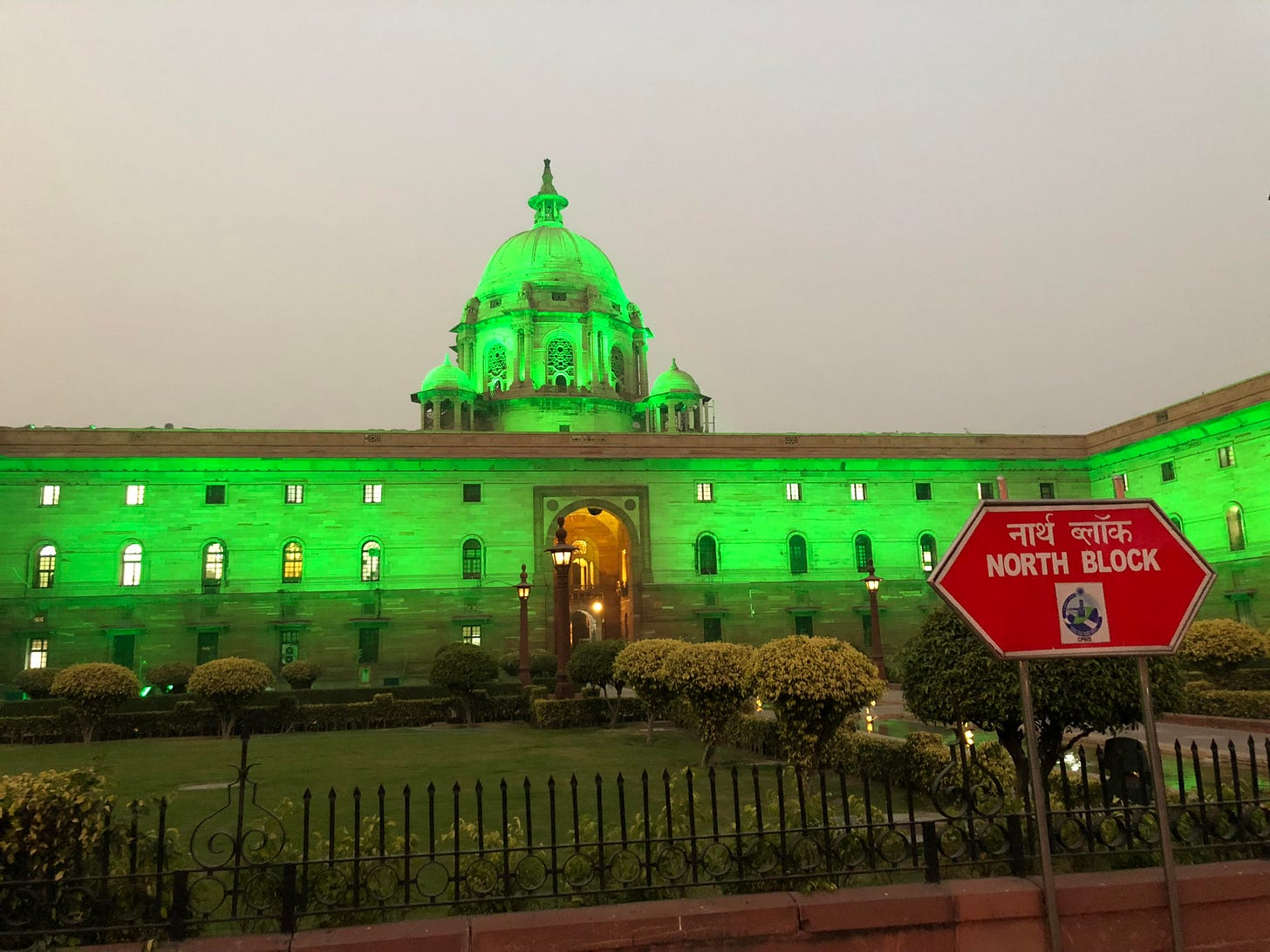
Our take— looking forward
In conclusion, it's worth acknowledging that the Modi Government has taken significant steps in addressing some of the Nation's pressing challenges. Initiatives such as Direct Benefit Transfers to farmers and other vulnerable populations have not only streamlined administrative processes but also removed self-interested intermediaries, offering a more efficient and transparent governance model. However, these noteworthy strides shouldn't divert our focus from the immediacy of tackling complex issues such as unemployment, inflation, and income inequality. All stakeholders—including political parties, civil society, the media, and an engaged citizenry—must concentrate their energies on these areas that require urgent collective action.
While the Modi Government's push for "One Nation, One Election" could be seen as a tactical masterstroke aimed at thwarting the strategies of the opposition—a point highlighted by the recent inconclusive conclave in Mumbai—it's imperative to consider the broader implications. The proposal, although intellectually intriguing, might best be left dormant for the foreseeable future, given the gamut of more pressing issues at hand. In the natural drift toward disorder, much like the principles of thermodynamics, this particular reform may indeed require a period of dormancy, if not a respectful and considered burial at this stage1.
REQUEST: If you enjoyed this article from 'The KBS Chronicle', we encourage you to share it with others who might also find it valuable.
Click the link below to access easy sharing options for Twitter, Facebook, and Email. The same link also generates a web-link that can be shared via messaging apps like WhatsApp, Telegram, or Signal, in both individual and group settings.
Thank you for your support.
India is NOT a "Union of States"
Article 1 cannot be read in isolation: Some people have apparently not read the Constitution of India beyond Article 1 but still have the bravado to contend and conclude that “India, that is Bharat, shall be a Union of States[1].” Their naïve assertion is rebutted by a plain reading of Articles 2 and 3. The reader is str…


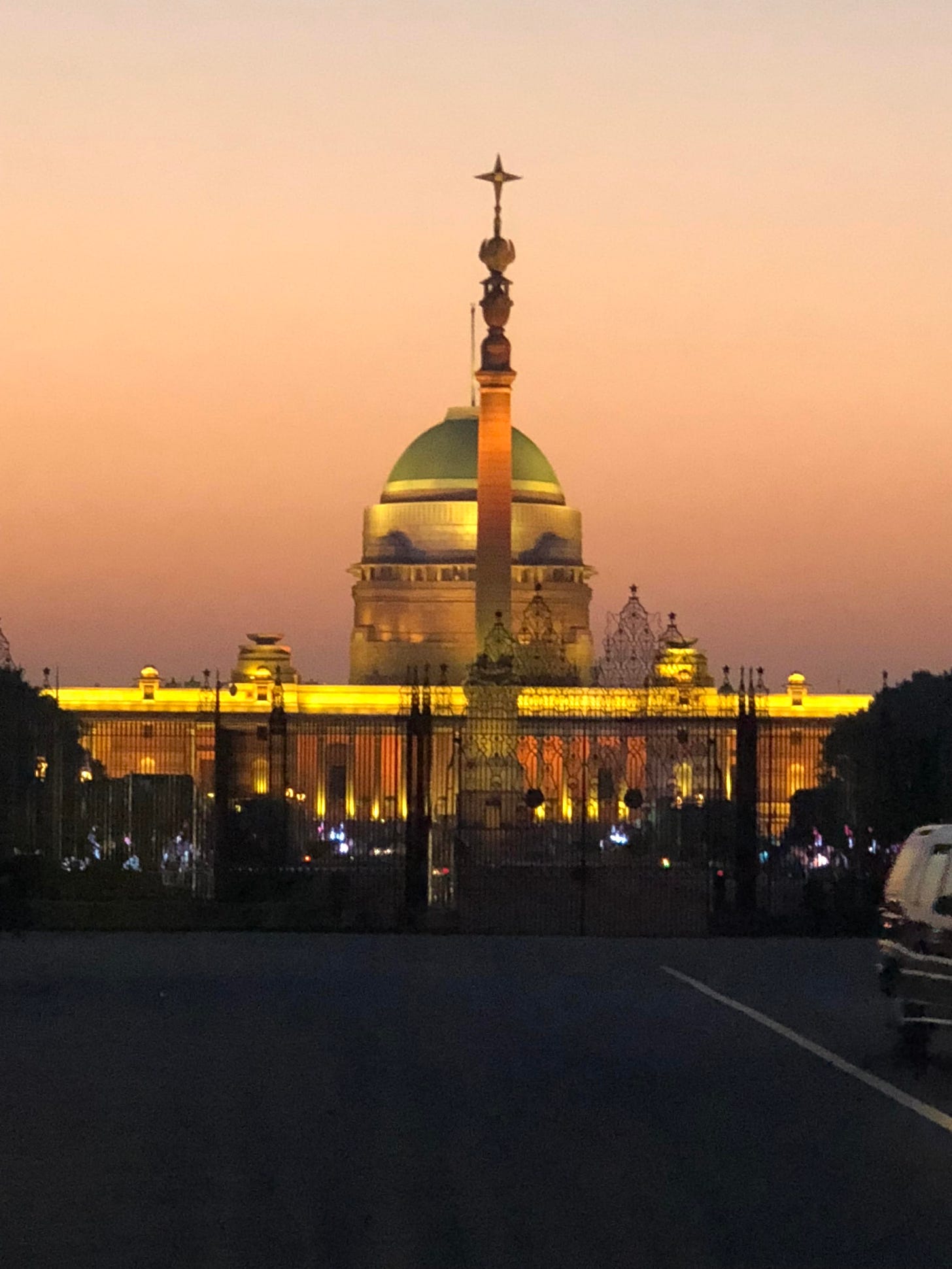
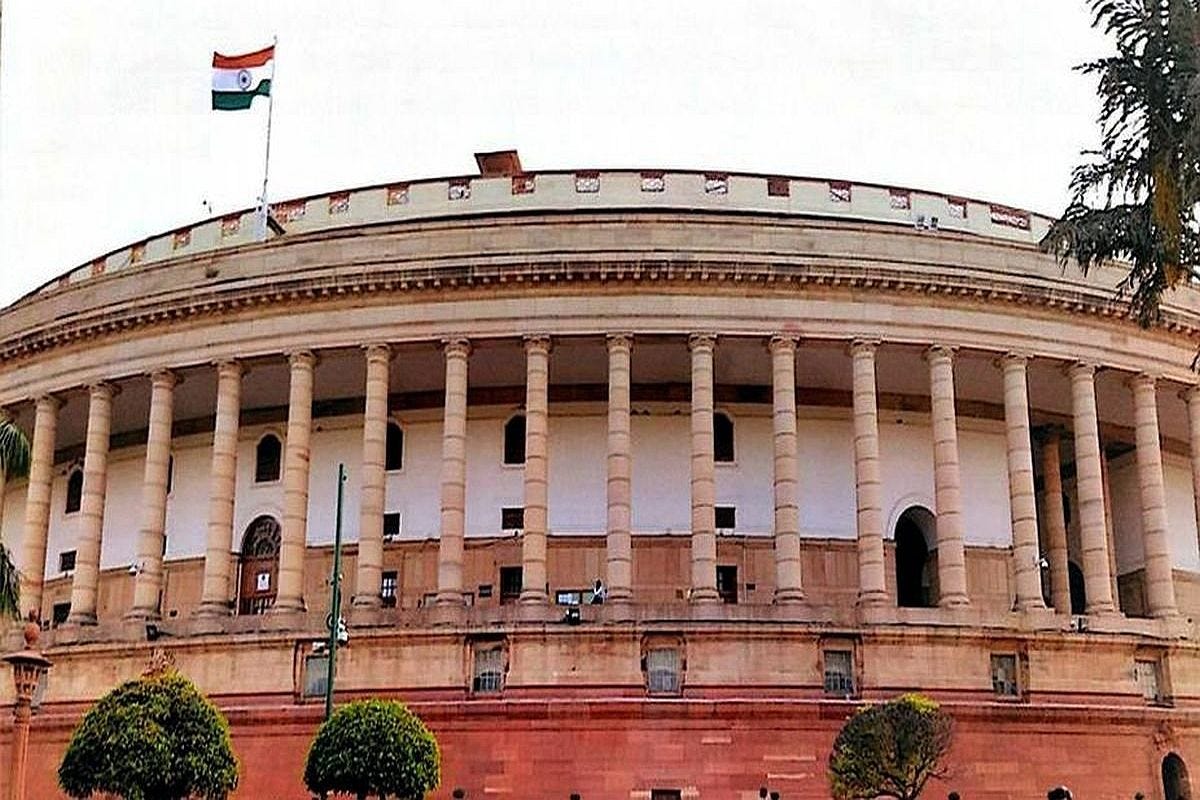
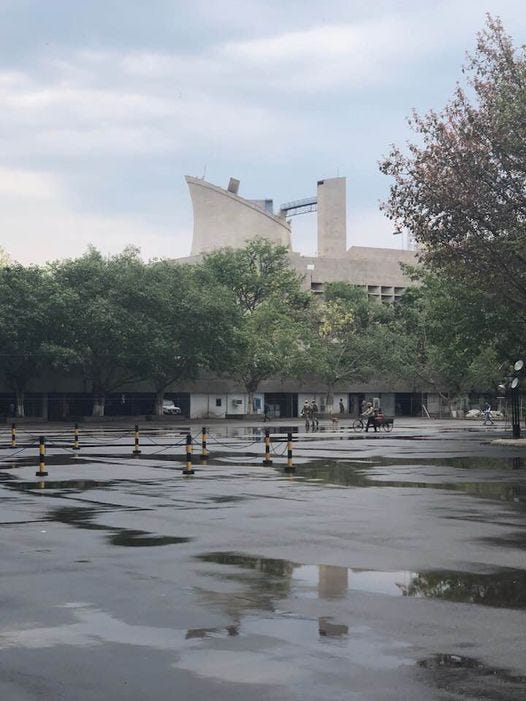
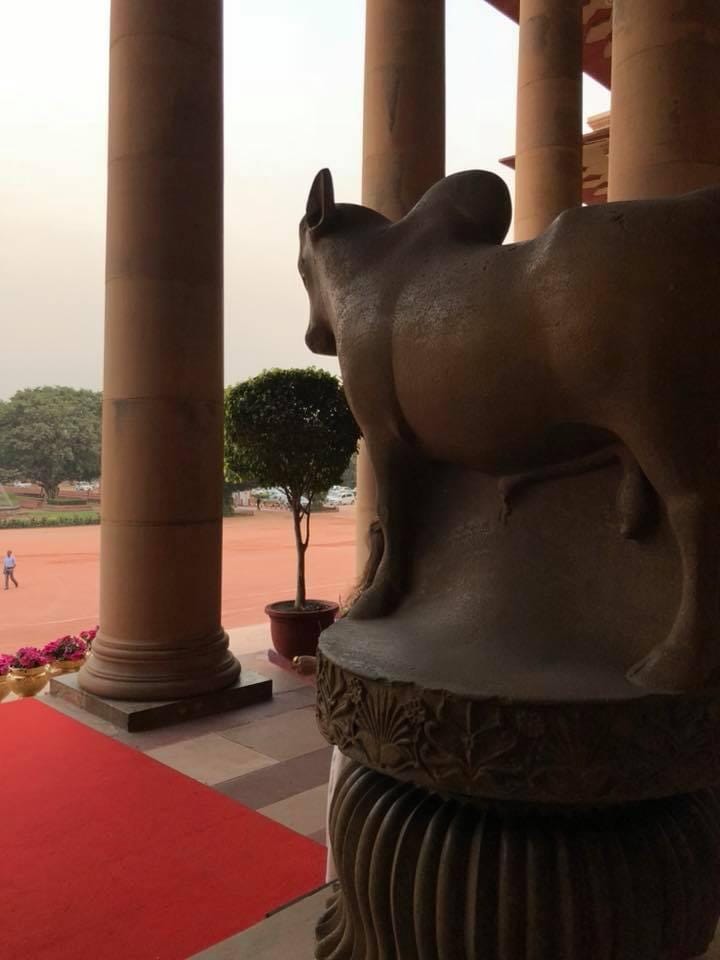
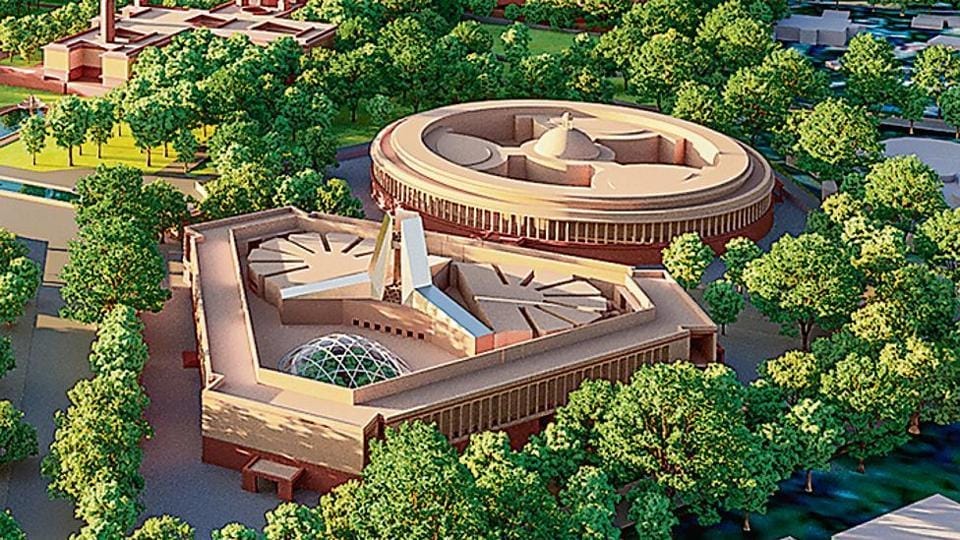
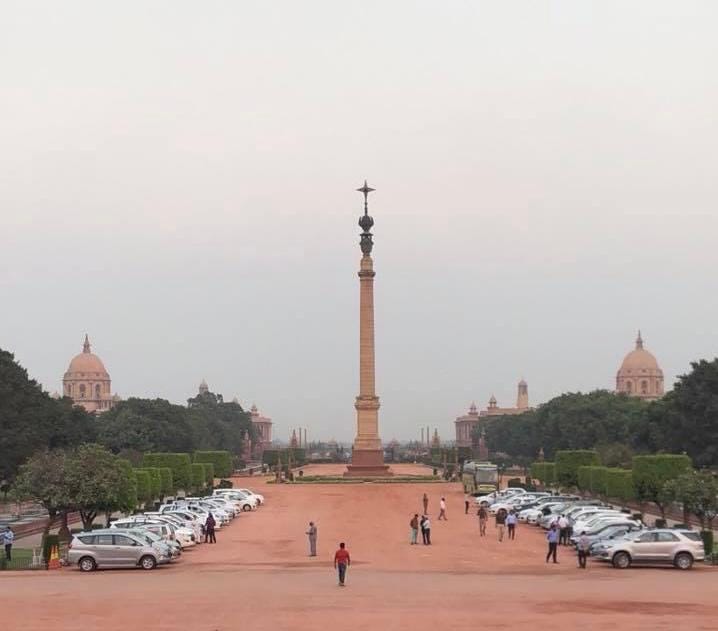
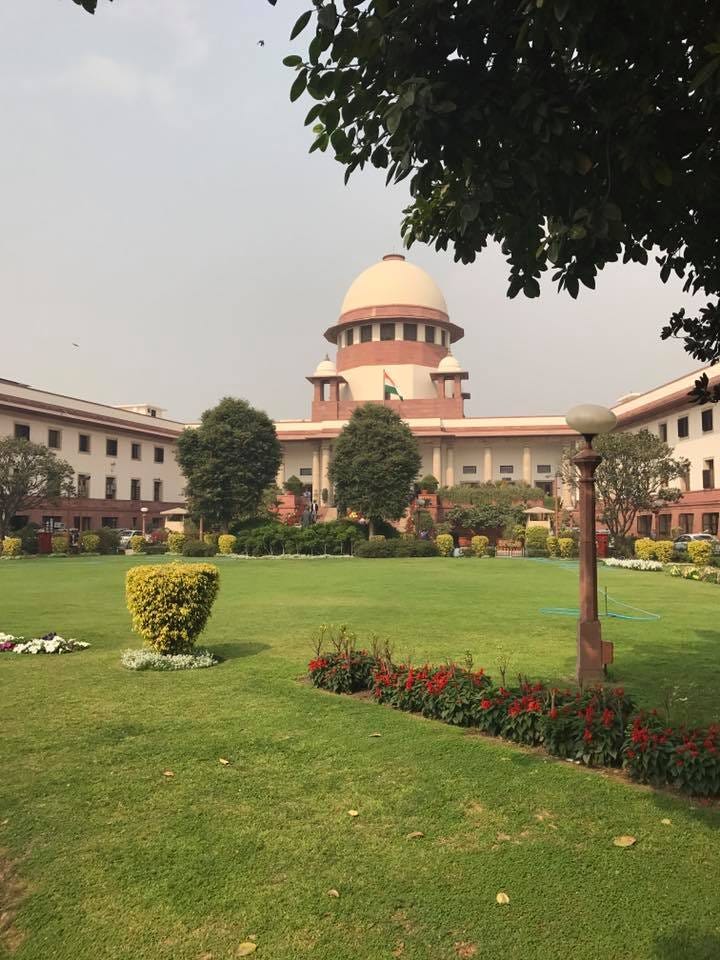
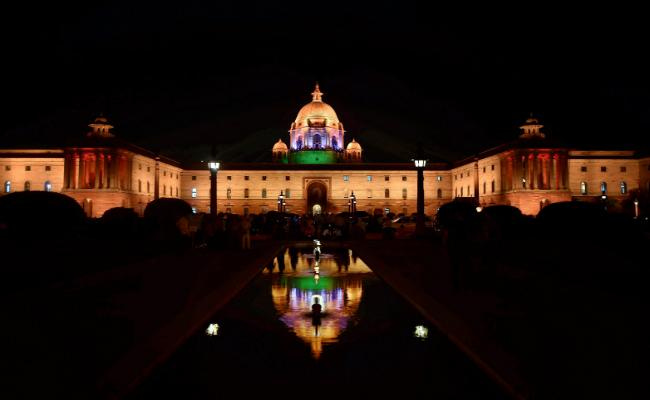
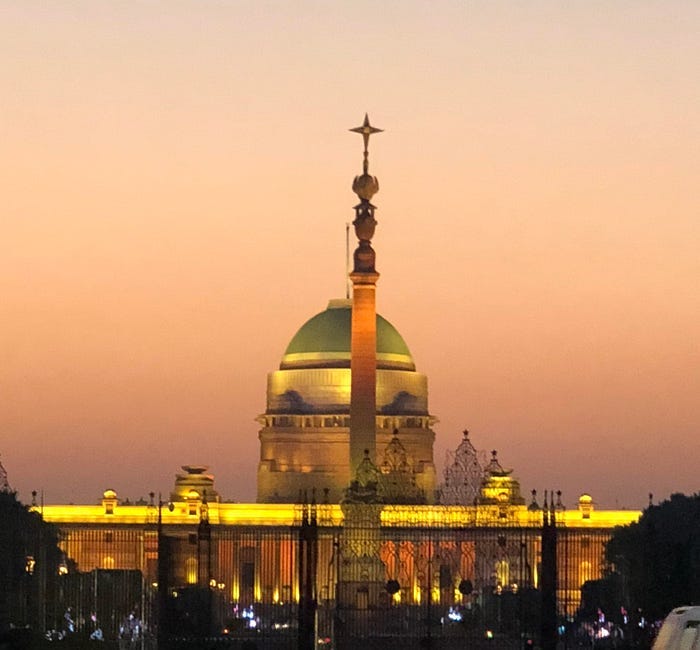
On an entirely different note, I am quite intrigued by the American electoral system. How can different states have different laws and rules for federal elections like that of the President, Senate and the US house of representatives?
I think this is one point where they need to learn from Indian system.
I recently read an insightful write-up by Sardar KBS Sidhu, an esteemed bureaucrat of the 1984 Punjab cadre, who recently served in the rank of Chief Secretary. His analysis of the 'One Nation, One Election' proposal was as incisive as that of a seasoned political commentator. He skillfully wove historical, political, and constitutional perspectives to expose the hidden agenda behind the government's initiative.
Mr Sidhu weighed both the pros and cons, providing a balanced view. His analysis serves as a stark warning for Indian democracy, especially if the central government were to fall mid-term. In such a scenario, the President could potentially assume a dictatorial role.
This is a cautionary tale that could prompt opposition parties to unite in defense of democratic principles. Kudos to Sardar KBS Sidhu for enlightening us on this issue of national importance. 🙏🙏